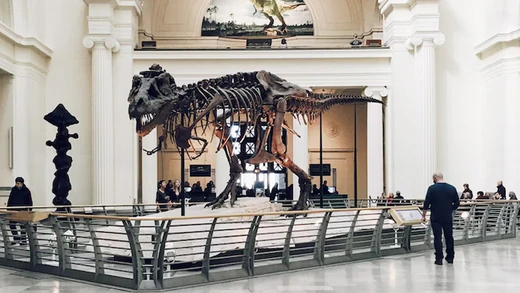Choosing the Right Stanchions for Museums: Preserving Artifacts while Facilitating Visitor Flow
Museums play a crucial role in preserving our cultural heritage and providing educational experiences to visitors. One important aspect of managing museum spaces is crowd control, which involves maintaining the flow of visitors while safeguarding valuable artifacts. In this blog post, we will explore the significance of choosing the right stanchions for museums. By selecting appropriate crowd control solutions, museum administrators can strike a balance between ensuring the safety and preservation of exhibits and creating a pleasant and organized experience for visitors. Let’s delve into the key considerations when selecting stanchions for museums.
Artifact Preservation and Protection:
Preserving the integrity and condition of artifacts is paramount in museum settings. Stanchions with non-intrusive features, such as velvet ropes or retractable belts with soft edges, can minimize the risk of accidental contact between visitors and valuable exhibits. The chosen stanchions should allow for adequate distancing and prevent visitors from leaning or touching delicate artifacts, ensuring their long-term preservation.
Seamless Integration with Exhibit Themes
Stanchions should not disrupt the aesthetic appeal and thematic coherence of the exhibits. Choosing stanchions that blend harmoniously with the museum’s design and exhibit themes is crucial. Options like polished metal stanchions, ornate rope barriers, or stanchions with customized finishes can enhance the overall ambiance and maintain a cohesive visual experience for visitors.
Flexibility for Changing Exhibit Layouts
Museums often rearrange exhibits or host temporary installations. Stanchions that offer flexibility in terms of configuration and adjustability are ideal for accommodating evolving exhibit layouts. Retractable belt stanchions provide the versatility to create customized queue lines or restricted areas as needed, making them an excellent choice for museums with changing displays.
Visitor Flow and Queue Management
Efficient visitor flow is essential to ensure a positive experience for museum visitors. Stanchions can be strategically placed to guide visitors along designated pathways, manage queue lines, and control access to specific areas within the museum. By effectively managing crowd flow, stanchions contribute to a seamless and organized visit, minimizing congestion and maximizing visitor engagement with exhibits.
ADA Compliance and Accessibility
Museums should prioritize accessibility for all visitors, including those with mobility challenges or disabilities. When selecting stanchions, it is crucial to ensure ADA compliance by choosing options that offer wheelchair-friendly access, such as stanchions with lower belt heights or removable base options. Clear signage and visual cues can also be incorporated to assist visitors with navigation and indicate accessible routes.
Durability and Maintenance
Museum environments are subject to high foot traffic, and stanchions must withstand regular use without compromising functionality or appearance. Opting for stanchions made from durable materials, such as stainless steel or aluminum, ensures longevity and ease of maintenance. Regular inspection and cleaning of stanchions are essential to preserve their aesthetics and functionality.
Visitor Engagement and Education
Stanchions can serve as an opportunity for visitor engagement and educational experiences. Incorporating informative signage or interactive elements on stanchions can provide insights into exhibits, historical context, or interesting facts. This enhances the educational value of the museum visit and encourages visitor interaction.
Integration with Technology
In the digital age, museums are increasingly incorporating technology to enhance visitor experiences. Stanchions can be integrated with technology, such as audio guides or QR codes, to provide additional information or multimedia content related to exhibits. This interactive approach enriches the visitor’s understanding and engagement with the displayed artifacts.
Conclusion
Choosing the right stanchions for museums is essential to strike a balance between preserving valuable artifacts and facilitating visitor flow. By considering factors such as artifact preservation, seamless integration with exhibit themes, flexibility for changing layouts, visitor flow management, ADA compliance, durability, and visitor engagement, museum administrators can select crowd control solutions that enhance the overall museum experience. Optimal crowd control not only ensures the safety and preservation of exhibits but also contributes to a positive and memorable visit for all museum visitors.

